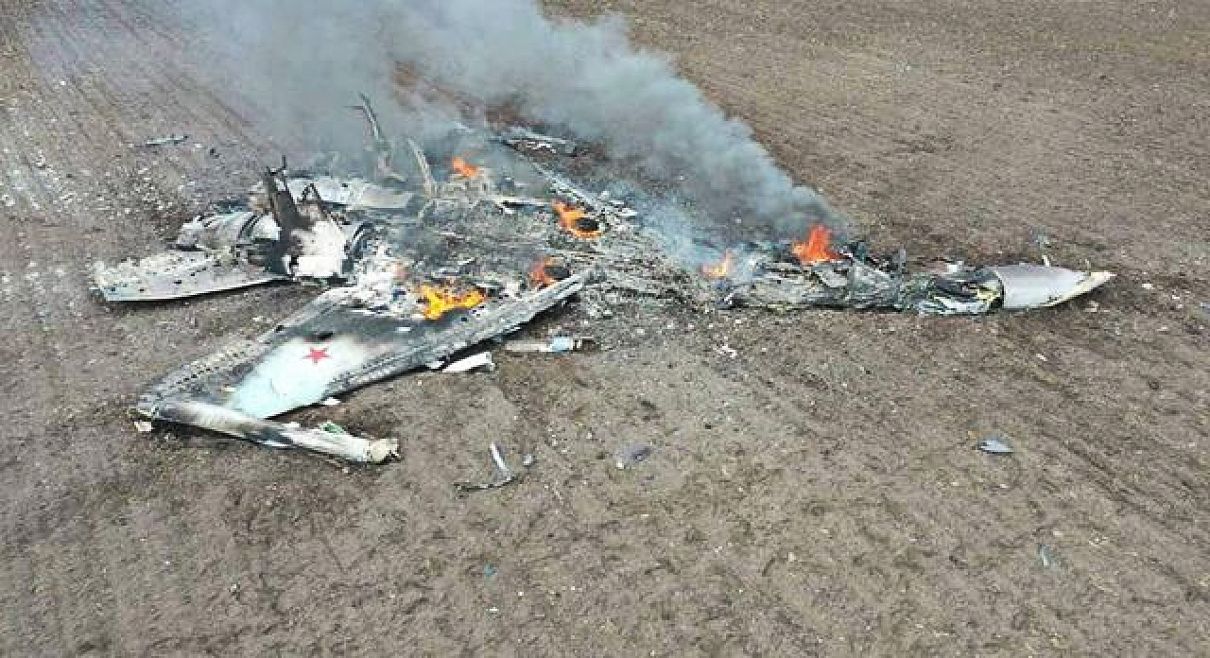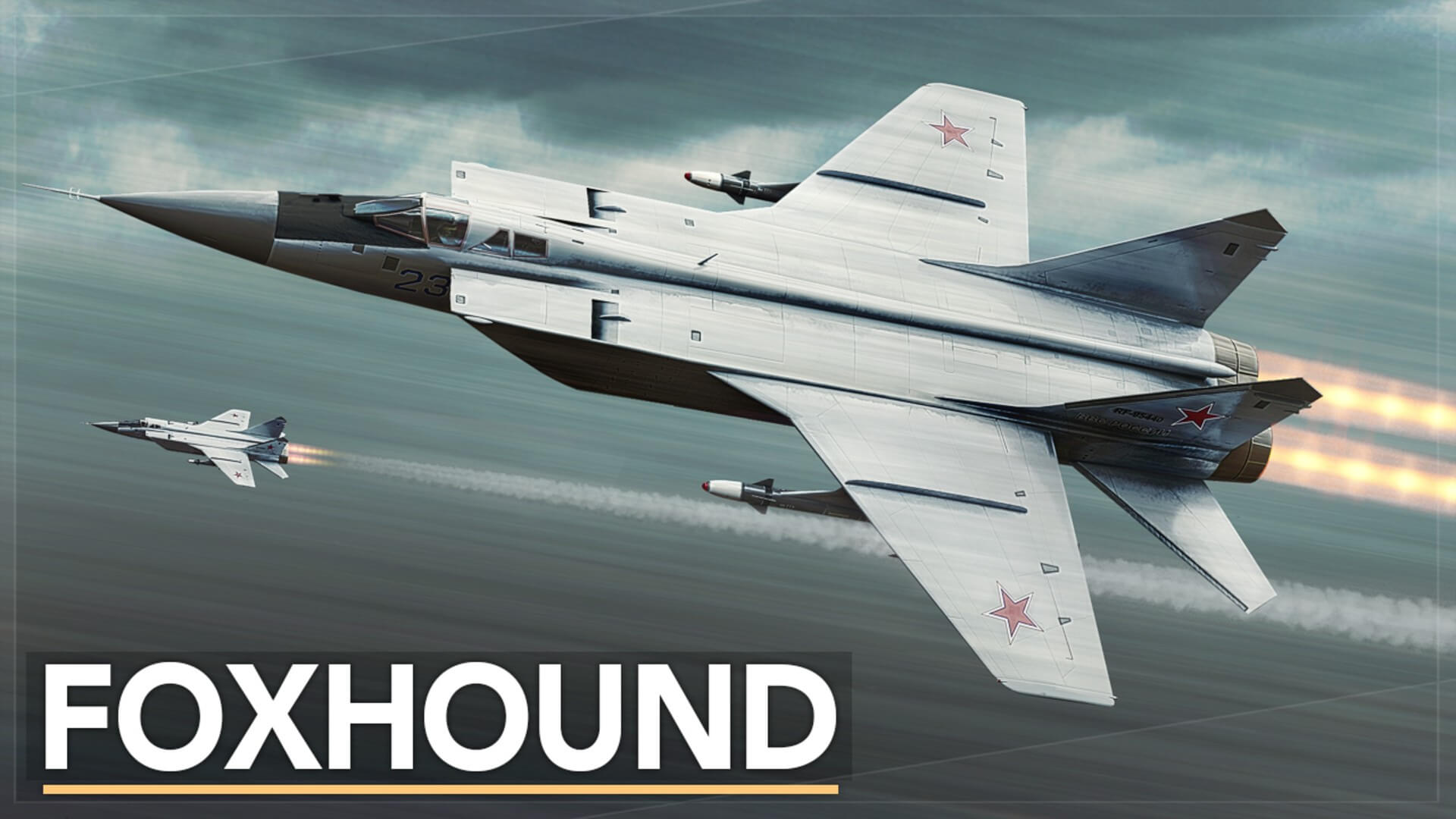As Ukrainian Foreign Minister Dmytro Kuleba appealed to the US Secretary of State Anthony Blinken to transfer advanced air defense systems like the Patriot, Ukraine’s inventive tactics using a small air force and obsolete surface-to-air missiles (SAM) in the early days of the war has been recorded in a study.
Advanced Russian fighters like the Su-30, Su-35, MiG-31, and long-range air-to-air missile (AAM) comprising the R-37 and R-77 forced Ukrainians to adopt “aggressive” low-level flying and sneak up on their adversaries while inflicting considerable damage with their Man-Portable Air Defense Systems (MANPADS).
The resilience of Ukrainian ground-based air defense (GBAD) checkmated Russians into flying low altitudes, bringing them within range of Ukrainian MANPADS.
RUSI scholars note how giving Ukraine even a small number of advanced Western fighters can turn the tide against the Russian Air Force or the Voenno-vozdushnye sily Rossii (VVS).
The report titled ‘The Russian Air War and Ukrainian Requirements for Air Defense’ has been prepared by Justin Bronk, Nick Reynolds, and Jack Watling.
Kuleba and Blinken spoke in a phone call on Thursday.
“I thanked the US for its crucial defense assistance and emphasized that deliveries of air defense systems to Ukraine need to be sped up. NASAMS (Norwegian Advanced Surface to Air Missile System) have proved their efficiency already. I am also convinced that the time for ‘Patriots’ has come,” Kuleba said on Twitter.

Missiles & On-Board Radars
The report quotes Ukrainian officials as recognizing Russia’s clear superiority in quality and numbers, led by their Su-35S and Su-30SM multirole air superiority fighters that outclass Ukraine’s Soviet-era Su-27 and MiG-29 jets.
Ukrainian pilots were also tactically outnumbered by up to 15:2 in some cases.
Armed with their long-range ‘look down, shoot down’ N011M Bars, Irbis-E radars, and R-77-1 AAMs allowed VVS pilots to shoot from longer distances of 100 kilometers. The R-77-1 has an active radar seeker with which it can track and home in on a target independently.
The N011M and N035 radars can give mid-course updates to the missile once it has been launched. The R-77-1’s in-built active radar seeker has a track-while-scan (TWS) mode for an even stealthier approach.
This does not require the Russian pilots to lock on the UAF fighter from their plane’s radar, which would trigger the Ukrainian fighter’s radar-warning receivers (RWRs). Thus, VVS pilots can just fire and turn away without having to close their distance from UAF fighters.
“Even though such shots have a low probability of kill, they force Ukrainian pilots to go defensive or risk being hit while still far outside their effective range, and a few such long-range shots found their mark,” the study said.
In comparison, the UAF’s R-27R/ER missiles require a single target track (STT) lock to be maintained by the launching fighter’s radar throughout a missile engagement.
This alerts the Russian pilots’ RWR and prevents the Ukrainian fighters from turning their noses away with “side maneuvering, deploying countermeasures or electronic warfare.” Doing so kills the missile’s lock.
Russia & Ukraine Changed Tactics
Russia first extensively used the Su-34, Su-30SM, and Su-35S multirole fighter bombers with around 140 strike sorties per day up to 300 kilometers inside Ukrainian territory at altitudes of between 12,000 ft and 30,000 ft.
During the first three days, VVS primarily targeted over 100 fixed long-range radar installations, bases, munitions storage sites, and mobile long and medium-range SAM systems.
To counter the Russian advantage in radar range and missile capabilities, Ukrainian pilots began flying extremely low to exploit ground clutter and terrain masking. They would climb up to sneak up on Russian fighters and fire their missiles.
“This was still highly dangerous as flying low further increased the range discrepancy between the effective ranges of Russian and Ukrainian air-to-air missiles, since Russian fighters were at higher speeds and high altitude, giving their missiles much more energy at launch,” the authors said. Nevertheless, these low-level flying tactics resulted in several kills against Russian aircraft, although Ukrainian fighters were often shot down or damaged.
The VVS, on its part, began flying low-level flights at 500 feet or below using Su-25, Su-30SM, and Su-34 starting in March to avoid Ukraine’s Soviet-origin 9K33 Osa and 9K37 Buk medium-range SAMs.
Around this time, the VVS was “re-tasked” to destroy AFU ground positions instead of targeting Ukrainian air defenses, which had “recovered” from their initial suppression. But this brought the Russian jets within the range of Ukrainian MANPADS.
Both Russian and Ukrainian jets were lost to MANPAD fire from the other. EurAsian Times had reported that Russian defense watchers and retired fighter pilots admitted losing large numbers of their Su-34s.
Deputy Chief of the Main Operational Department of the General Staff of the Armed Forces of Ukraine, Oleksii Hromov, had claimed that Russia had lost two squadrons of its Su-35s by August 11.
MANPADS had been identified as the backbone of Ukrainian air defense, with the country having 1400 US-made FIM-192 Stinger systems sent both before and after the war.
It also uses Russian-made Igla systems. Likewise, even Russia claimed one-third of Ukrainian fighter jets were lost to its Igla and Verba MANPADS. Commander-in-Chief of Russian Ground Forces Oleg Salyukov stated this in an interview with the Krasnaya Zvezda.
The Rise Of The MiG-31BM
Following the offensives in Kharkiv and Kherson against Russia, Ukrainian Su-25 and Su-24 attack aircraftactively begann conducting regular standoff rocket attacks and even bombing runs against Russian positions.

These were supported by effective air defense from Buk and S-300 systems, putting the VVS on the defensive. And this is where using pairs of MiG-31BMs or Su-35s for Combat Air Patrol (CAP) from within Russian territory with long-range R-37M AAM proved effective.
“The extremely high speed of the R-37M, coupled with very long effective range, a seeker designed for engaging low-altitude targets (and) the very high performance and high operating altitude of the MiG-31BM allows it significant freedom to menace Ukrainian aircraft near the frontlines from outside the range of Ukrainian defenses,” the authors wrote. Made by Russia’s state-run missile developer Vympel, it has been said to have a range of around 300 kilometers.
EurAsian Times had reported earlier this month about a Su-35S using the R-37M for the first time, shooting down an unidentified Ukrainian jet.
Interestingly, former IAF Jaguar pilot Vijainder K Thakur had correctly observed then that the VVS had stepped up the use of the R-37M to stay out of central and western Ukraine, which are under 24×7 US Airborne Warning and Control System (AWACS) aircraft and Ukrainian S-300 installations.
Former MiG-25 pilot Group Captain Johnson Chacko wondered how Russia had used long-range missiles without AWACS support.
“It must be difficult for the pilot to figure out the hostile intent of the aircraft he intends to shoot down without AWACS. This is because he is operating at very high speeds of Mach 2.5 and above,” Chacko added.
- The author can be reached at satamp@gmail.com
- Follow EurAsian Times on Google News




